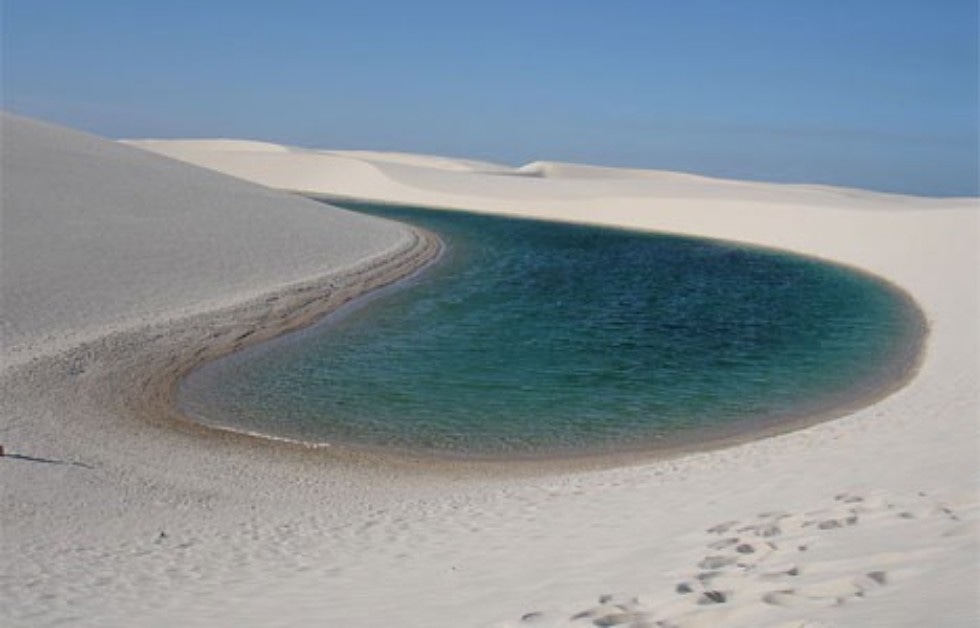Jun 4 2019
In the 1950s, freshwater lenses in the Karakum Desert of Turkmenistan were discovered and explained by Vladimir Kunin, a Russian academician and one of the founders of the Institute of Deserts in Ashkhabad and Institute of Water Problems in Moscow.
 A joint Russian-Omani paper appeared in Journal of Hydrology. (Image credit: Kazan State University)
A joint Russian-Omani paper appeared in Journal of Hydrology. (Image credit: Kazan State University)
The origin of these water lenses, which float above the saline and hypersaline groundwater, and the factors that govern freshwater storage, the circulation of the lenses, and their ability to withstand adverse climatic factors and anthropogenic effects (pumping) were not clear.
In the 1980s, a team of researchers from Kazan State University began to investigate Kunin’s lenses. This research work covered geographical conditions of Eastern Arabia.
The mathematical models of these freshwater bodies have been applied to similar lenses in Oregon (USA), Australia, Qatar, Saudi Arabia, Kuwait, and other dry and semi-dry regions. Practical motivation resulted from a global shortage of all types of freshwater resources, such as irrigation, drinking, and industrial water, particularly in dry deserts. Native populations of Central Asia and Arabia depend on such lenses to support sheep, camels, goats, and other domestic cattle.
In this study, the homeostasis of water lenses has been described as a complex interaction of the physical factors such as permanent evaporation from the water table, infiltration to the lens from occasional (sporadic) rains, the force of resistance to water motion from the dune sand, and buoyancy due to a density contrast of the fresh and saline water. Hence, water makes a sort of U-turn with a descending path from the aeration (vadose) zone converted into an ascending flow back to the desert condition.
The shape of these lenses looks like a UFO (“flying saucer”) and the developed mathematical model matches well with Kunin’s field observations. It is interesting to know that the model estimates the fresh–saline groundwater interface that is similar to the one explained by a Dutch hydrologist Van Der Veer in 1970 for fairly conflicting problems of entry of seawater into coastal groundwater.
This work has many different applications; especially, Kunin’s type lenses are currently artificially developed by controlled aquifer recharge methods. For instance, a mega-lens near Abu-Dhabi is developed by injecting desalinated water into a saline groundwater aquifer. This lens has been regarded by the UAE government as a national reserve during crisis, meaning, if there is a failure in the conventional water supply schemes of the country, then recoveries of fresh water from this lens will start.
The research team includes hydrogeologists, hydrologists, microbiologists, and ecologists from Sultan Qaboos University (Oman) and mathematician, Professor Yury Obnosov from Kazan Federal University (Russia).